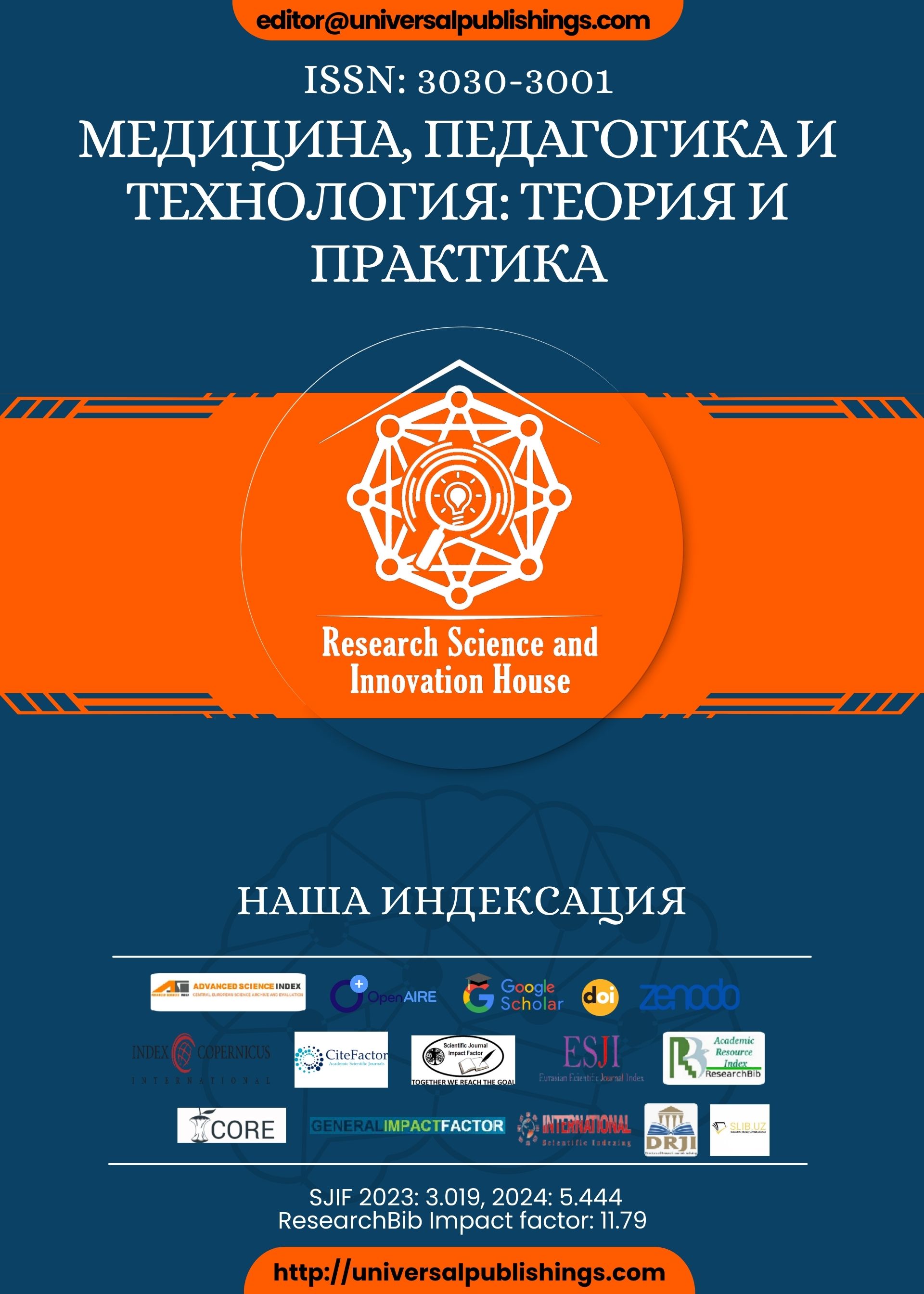Abstract
The emergence of botulinum toxin (BT) in the field of medical use has revolutionized the treatment of a number of diseases and aesthetic medicine. Botulinum toxin is the most potent neurotoxin with paralytic/myorelaxant effects. The strongest relaxation properties of this substance are successfully used to treat pathological conditions that cannot be effectively and permanently corrected by other known methods. Many dysfunctions of the lower urinary tract are associated with increased tone or spasms of muscle structures, which can be corrected by precise introduction of BT into the bladder zones. The efficacy and safety of BT for neurogenic overactive bladder have been studied and confirmed in large multicenter studies.
References
Montecucco C, Molgo J. Botulinal neurotoxins:revival of an old killer. Current option in pharmacology, 2005,
Frank JE. Historical notes on botulism.Clostridium botulinum, botulinum toxin, and the idea of the therapeutic use of the toxin. 2004,
Aoki KR. Pharmacology and immunology of botulinum toxin. J Neurol, 2001.
Schiavo G, Santucci A, Dasgupta BR,. Botulinum neurotoxins serotypes A and E cleave SNAP-25 at distinct COOHterminal peptide bonds. FEBS Lett, 2006.
Purves D et al. Autonomic Regulation of the Bladder. Neuroscience. 2014.
Apostolidis A et al. Decreased sensory receptors P2X3 and TRPV1 in suburothelial nerve bers following intra-detrusor injections of botulinum toxin for human detrusor overactivity. Eur Urol 2006.
Ботокс®*. Инструкция по медицинскому применению. / Botox®*. Instruction for use.
Schurch B, Stihrer M, Kramer G, Schmid DM, Gaul G, Hauri D. Botulinum-A toxin for treating detrusor hyperreflexia in spinal cord injured patients: A new alternative to anticholinergic drugs? Pleriminary results. J Urol, 2000, 164: 692.
Schurch B, Hauri D, . Botulinum A toxin as a treatment of detrusor-sphincter dyssinergia: a prospective study in 24 spinal cord injured patients. J Urol, 2012
Phelan MW, Franks M. Botulinum toxin urethral sphincter injection to restore bladder empting in men and women with voiding dysfunction. Urol, 2001,
Chancellor MB, Elovic E,.Evidence-based review and assessment of botulinum neurotoxin for the treatment of urologic conditions. Toxicon, 2013.
Аполихин О.И., Ромих В.В.Рекомендации по ведению больных с нейрогенными нарушениями мочеиспускания.Экспериментальная и клиническая урология,2010, 1(3):
Сивков А.В., Ромих В.В. Симптомы нарушения функции нижних мочевых путей: уродинамические аспекты. Consilium Medicum, 2006,
Cruz F, Nitti V. Chapter 5: Clinical data in neurogenic detrusor overactivity (NDO) and overactive bladder (OAB). Neurourology, 2014.
Abrams P, et al. eds. From the 5th ICI, Health Publication Ltd, 2013.
European Association of Urology. Guidelines on lower urinary tract dysfunction. 2009. http://www.uroweb.org/fileadmin/tx_eauguidelines/2022/
Lucas MG et al. EAU guidelines on urinary incontinence. 2012. Available from http://www.uroweb. org/gls/pdf/18 (Last accessed February 2013).
NICE guideline. Urinary incontinence in women: the management of urinary incontinence in women. Draft for consultation. Available from http://www.nice.org.uk/nicemedia/live/

